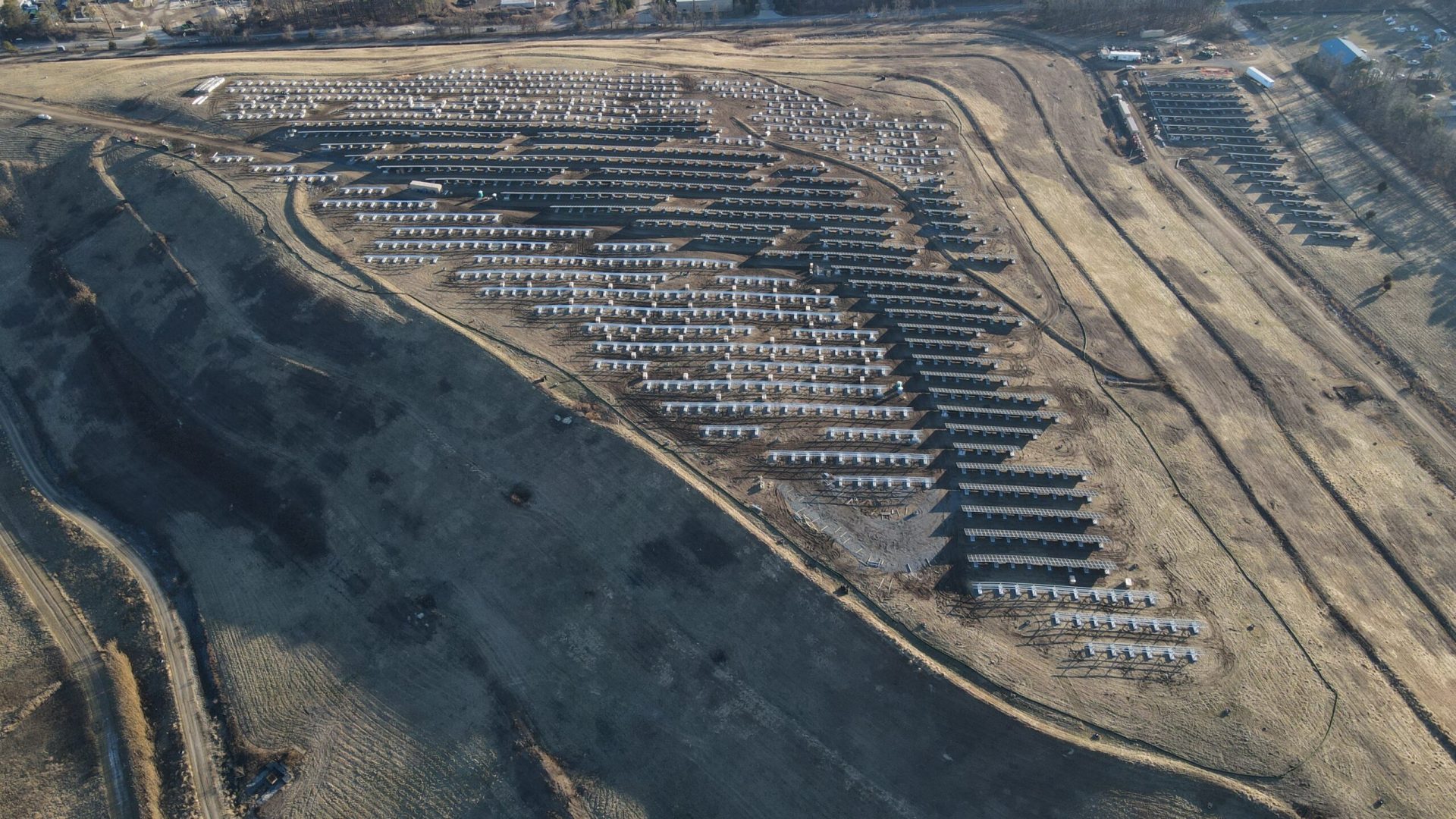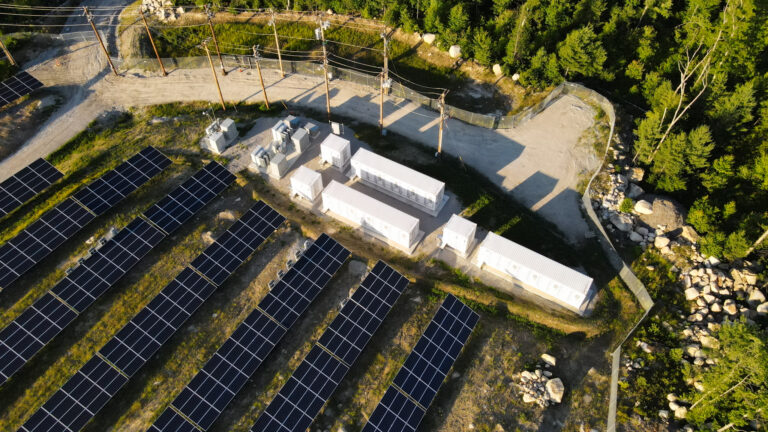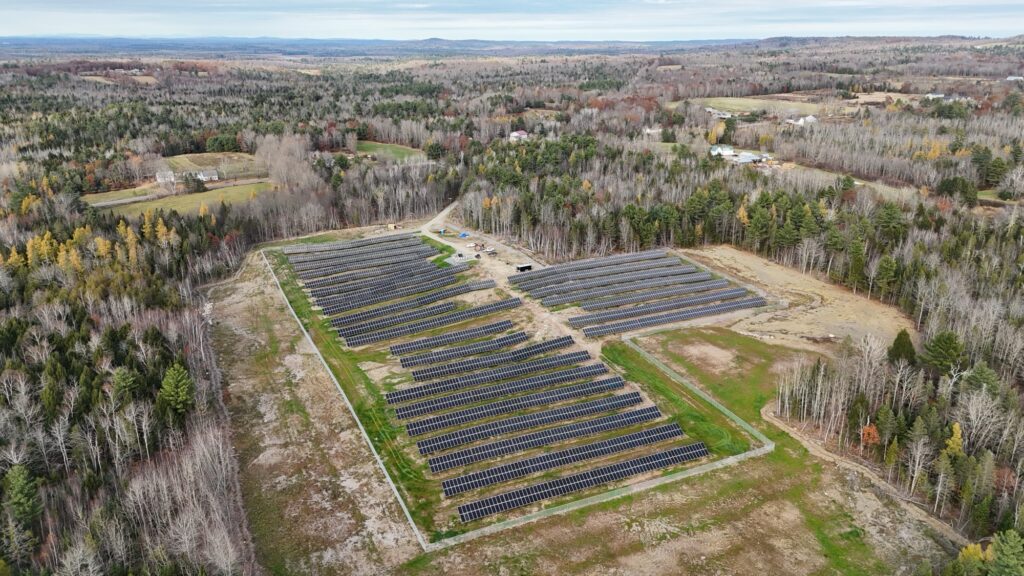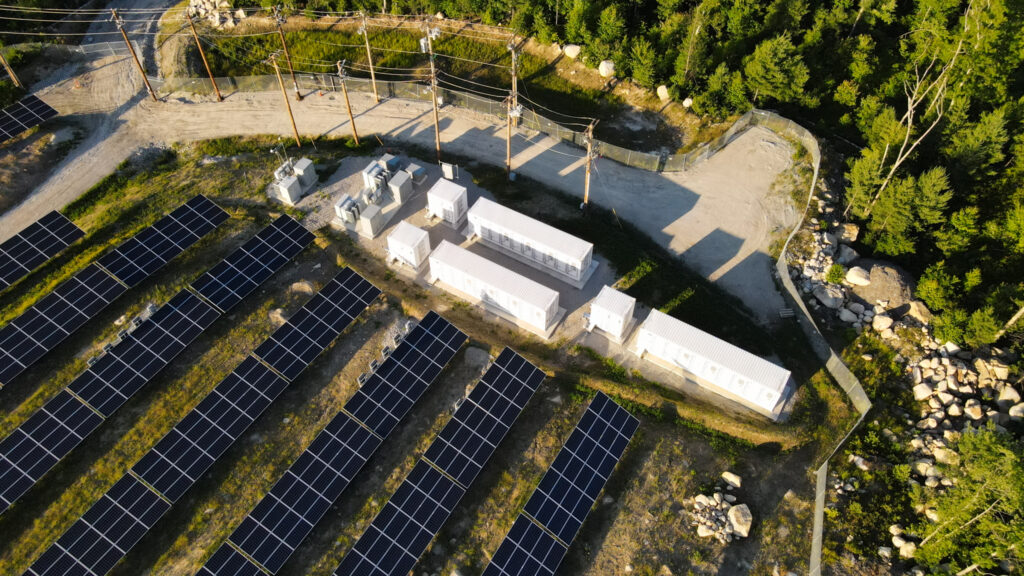As demand for clean, sustainable power increases, solar developers are working tirelessly to bring new solar projects online. These projects vary in scale and location, but they all share a common development process that involves careful planning, technical expertise, regulatory approval, and financial investment.
In this article, we will break down the solar project development process in depth, covering every phase—from initial concept to commissioning and beyond—without focusing on specific project types like behind-the-meter (BTM) or front-of-the-meter (FTM). Whether you’re building a small community solar farm, a large utility-scale solar plant, or a solar system for commercial use, the core steps remain the same.
1. Site Selection and Feasibility Studies
The first and arguably most critical step in any solar project is identifying a suitable site. The location of the solar installation will impact not only the project’s cost but also its performance and scalability.
Key Factors in Site Selection:
- Land Availability and Size: Solar installations require large, open areas with access to sunlight for the majority of the day. For large-scale projects, this means seeking out rural or undeveloped land that can accommodate hundreds of solar panels.
- Solar Irradiance: The amount of sunlight that the location receives annually (solar irradiance) is critical to a project’s success. Areas with high solar irradiance will generate more electricity, making them ideal for solar installations.
- Topography and Land Conditions: The land should be relatively flat or have minimal slopes to ensure the solar panels can be installed at an optimal angle. Soil conditions must also be assessed to determine the best foundation for panel racking systems.
- Proximity to Infrastructure: Access to roads, electrical grids, and utility substations is vital. The closer the site is to existing infrastructure, the lower the costs for connection and transportation.
Feasibility Studies:
A comprehensive feasibility study will assess the technical and financial viability of the project. This includes evaluating:
- The environmental impact of the project
- The local grid’s capacity to handle new solar input
- Potential permitting challenges and land use restrictions
- The overall financial feasibility based on installation and operational costs, available incentives, and projected energy production.

2. Permitting and Regulatory Approvals
Once a site is identified and deemed feasible, the next step is to navigate the complex web of local, state, and federal regulations that govern solar projects. This is often one of the most time-consuming stages in the development process, as developers must ensure that the project complies with all zoning laws, environmental regulations, and utility requirements.
Permitting Requirements:
- Land Use Permits: Depending on the location, the developer may need a zoning variance or special land use permit to build a solar array. Some areas may require a public hearing or local community approval.
- Environmental Permits: If the site is in a sensitive area, such as near wetlands, endangered species habitats, or protected landscapes, developers must conduct environmental impact assessments. They may also need permits related to water use, air quality, and wildlife protection.
- Utility and Grid Connection Permits: Developers must secure approval from the local utility or transmission operator to connect the solar system to the grid. This may involve technical studies to assess the impact of the new generation source on the grid and ensure that the installation will not disrupt existing power flows.
- Interconnection Agreement: The utility company may require an interconnection agreement that defines the terms and conditions under which the solar installation will be connected to the grid.
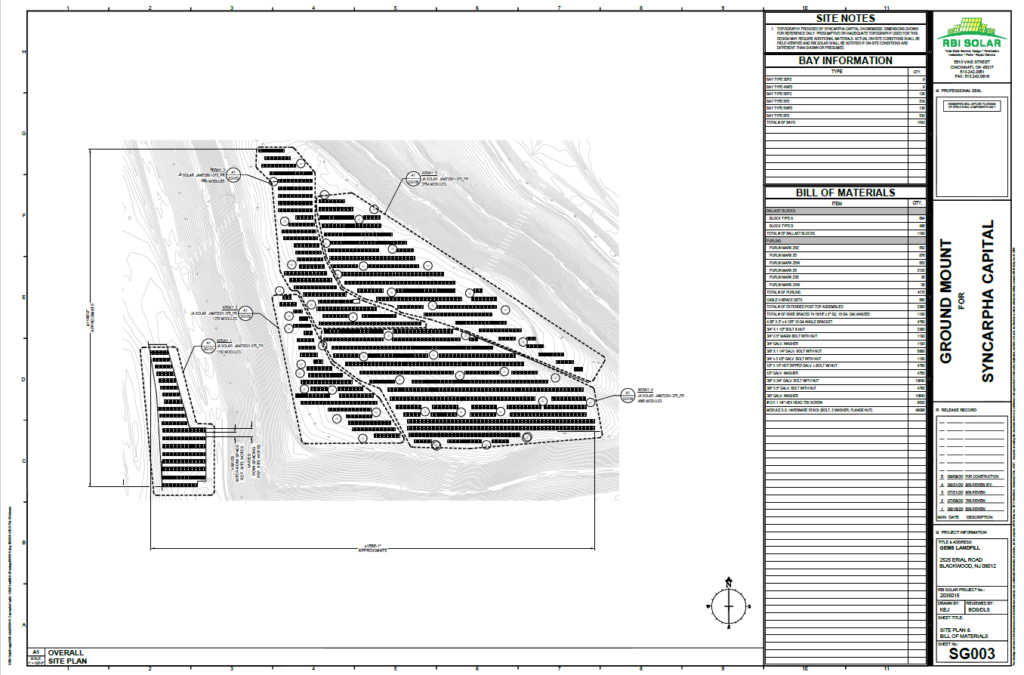
3. Design and Engineering
Once the project has passed regulatory hurdles, the next phase involves detailed engineering and system design. This is where the technical specifications and plans for construction are developed, ensuring that the project is optimized for performance, safety, and compliance.
Design Components:
- Solar Array Layout: Engineers design the layout of the solar panels to maximize energy production. This includes determining the optimal tilt and orientation of the panels based on geographic location, shading analysis, and land conditions.
- Electrical System Design: A critical part of the design phase is planning the electrical system. This includes the selection of inverters, wiring, transformers, and switchgear to ensure the solar energy is properly converted and transmitted to the grid or used on-site.
- Structural Design: For ground-mounted systems, structural engineers design the foundation and racking systems to securely hold the solar panels. For rooftop systems, engineers ensure that the building can support the weight and stress of the installation.
- Energy Storage Systems: In some projects, especially those designed to provide backup power or reduce peak energy costs, developers may incorporate energy storage systems, such as batteries. The integration of storage requires additional system design considerations to ensure that the energy is efficiently stored and dispatched when needed.
4. Financing and Investment
Solar projects are capital-intensive, and securing financing is a crucial step in the development process. Developers typically seek a combination of equity, loans, and tax credits to cover the upfront costs of the project, while also ensuring long-term financial sustainability.
Key Financing Options:
- Equity Investment: Developers often raise capital through equity from investors, which could include private equity firms, venture capitalists, or corporate partners.
- Debt Financing: Loans from banks, financial institutions, or specialized energy lenders are a common way to finance solar projects. Debt financing can be secured based on the projected revenue of the project, including income from power purchase agreements (PPAs) or incentives like tax credits.
- Tax Credits and Incentives: Solar projects often qualify for incentives such as the Investment Tax Credit (ITC), which allows developers to claim a percentage of the installation cost as a tax credit. Other federal, state, and local incentives may include grants, rebates, and renewable energy certificates (RECs).
- Power Purchase Agreements (PPAs): Many large-scale solar projects are financed through long-term PPAs with utilities or large energy buyers. These agreements provide a steady revenue stream for the project over a period of 10 to 25 years.
5. Construction and Installation
Once financing is secured, the project moves into the construction phase. This is where the physical installation of the solar system takes place, including the installation of panels, inverters, electrical systems, and any other infrastructure.
Key Construction Phases:
- Site Preparation: This includes clearing the land, grading, and preparing the area for the installation of solar panels and other equipment. For rooftop systems, it involves reinforcing the roof and ensuring that it can handle the weight and installation requirements.
- Panel Installation: Once the site is ready, the solar panels are installed and connected to the racking system. This step also includes the installation of wiring, inverters, and monitoring systems.
- Grid Connection: The system is connected to the grid through transformers and switchgear. This step may require coordination with the local utility company to ensure proper integration with the grid and compliance with safety standards.
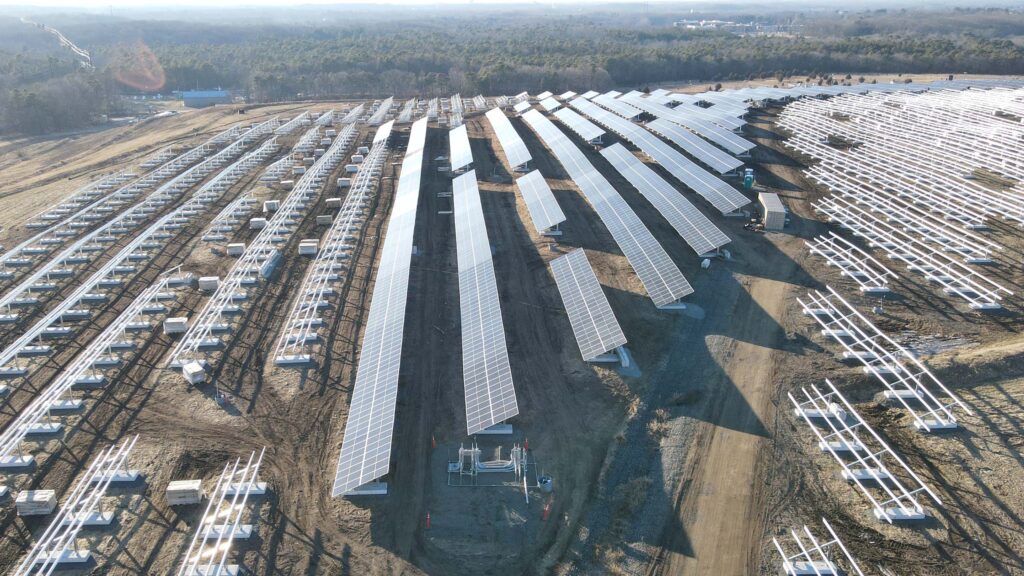
6. Testing and Commissioning
Before the solar system goes live, it undergoes a series of rigorous tests to ensure it meets all technical and safety standards. Testing is performed to verify that the system is performing as expected and that it is fully integrated with the grid or the on-site electrical system.
Key Testing Components:
- System Performance Testing: Developers test the system to verify that it generates the expected amount of electricity based on design calculations.
- Safety and Compliance Testing: The installation is inspected for compliance with local electrical codes, safety standards, and environmental regulations. Any issues found must be corrected before the system can be commissioned.
- Grid Synchronization: If the system is connected to the grid, it must undergo tests to ensure that it operates seamlessly with the utility infrastructure, without causing any disruptions.
7. Operations and Maintenance (O&M)
After commissioning, the solar project enters the operations phase, where it begins generating electricity and providing value. Ongoing operations and maintenance are critical to ensure the system continues to perform optimally over its lifespan, which can exceed 25 years.
Ongoing Maintenance Tasks:
- Monitoring: Solar systems require real-time monitoring to track energy production and detect any issues. Advanced monitoring systems can flag potential problems, allowing for proactive maintenance.
- Regular Inspections: Panels must be cleaned and inspected periodically to ensure they are functioning at peak efficiency. Inverters and other electrical components also require routine checks.
- Repairs and Upgrades: Over time, equipment may need to be repaired or replaced. For older systems, repowering (upgrading the technology) may be considered to extend the life of the project.
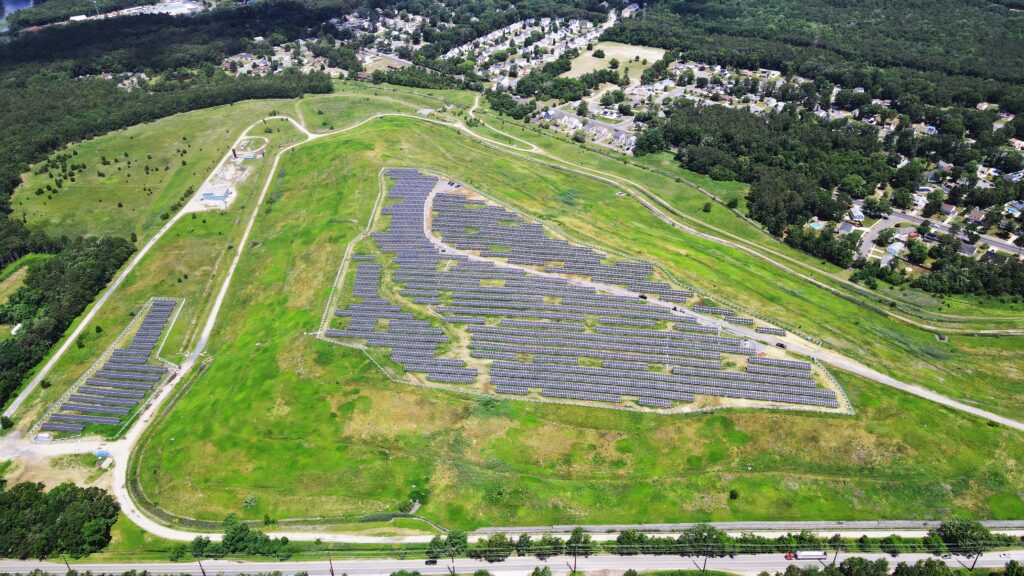
Conclusion
The process of developing a solar project is complex and involves multiple stages, from selecting a site and navigating regulatory approvals to financing, designing, constructing, and maintaining the system. By understanding the steps involved and the factors that affect the timeline and costs, developers can better plan and execute successful solar projects that contribute to the global transition to renewable energy.
At Syncarpha, we have the expertise and experience to guide projects from initial concept through to commissioning and beyond, ensuring the successful implementation of solar solutions across a range of applications.
If you’re interested in learning more about Syncarpha’s capabilities, browse our website or contact our team at info@syncarpha.com.

